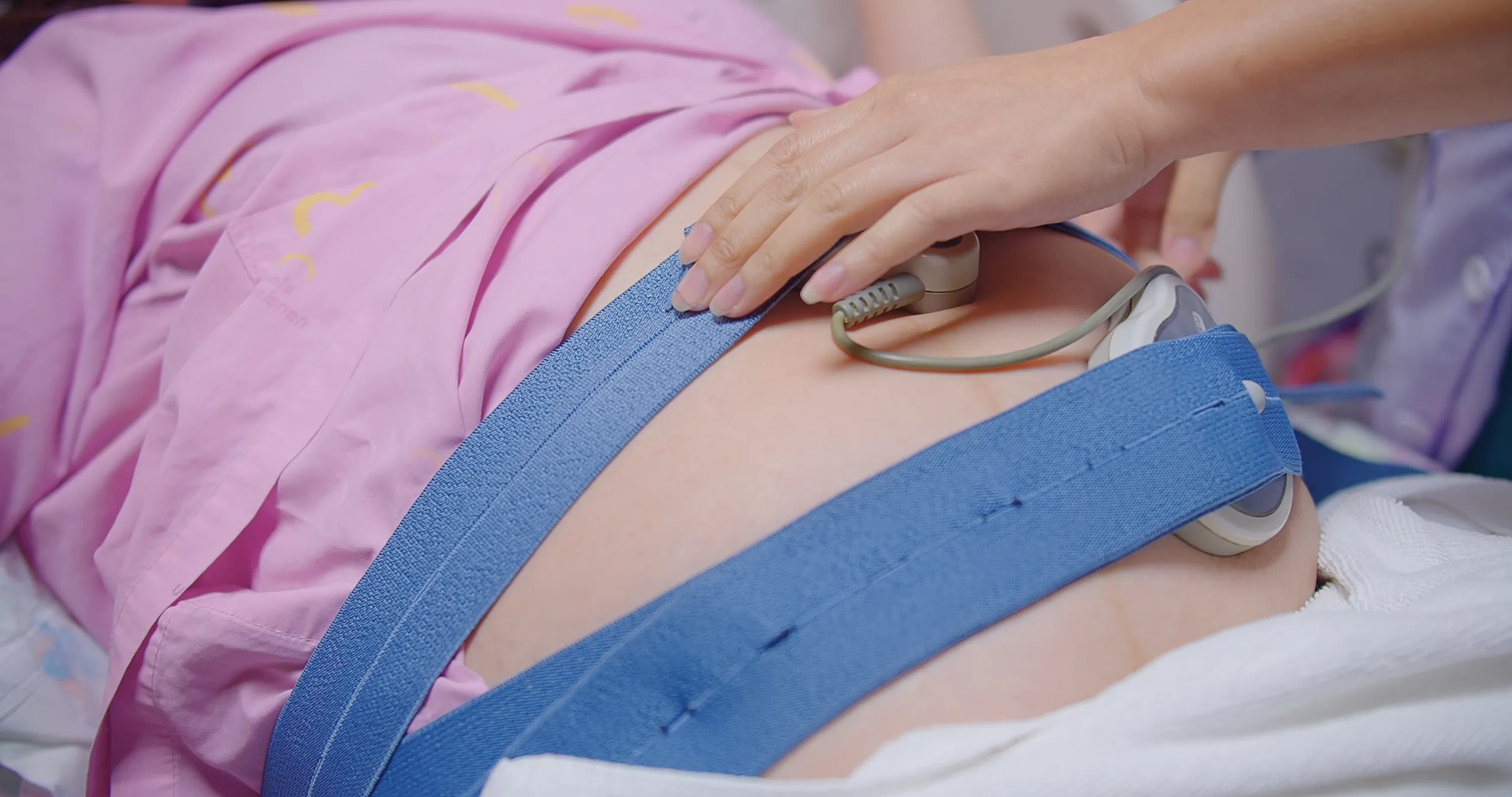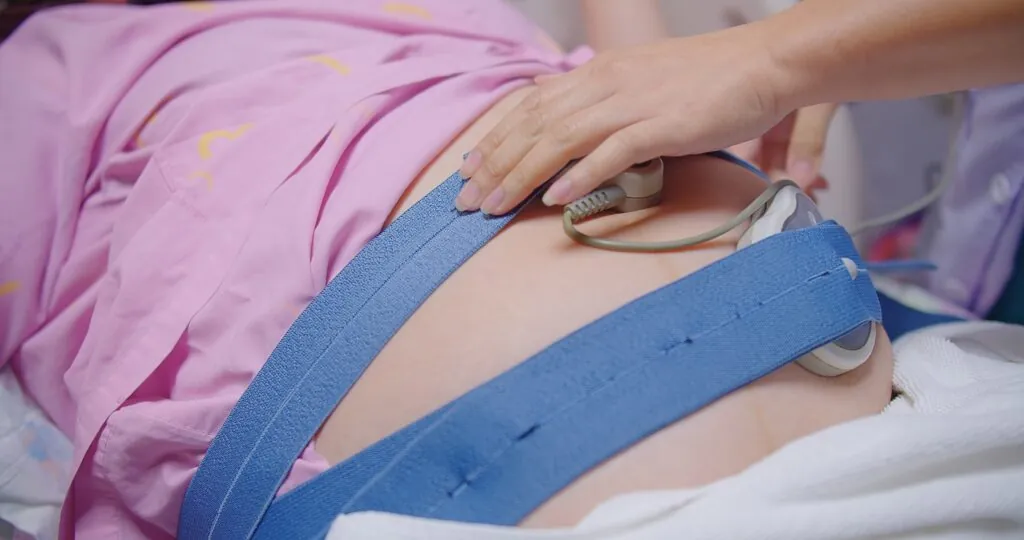How Evidence Preservation (FHR Strips, EMR Audit Trails) Works—and Why Timing Is Vital
Birth injuries are among the most devastating events a family can experience. In moments that should bring joy, families are often thrust into confusion, fear, and grief when a baby is harmed during childbirth. What makes these injuries even more tragic is that many are preventable—and when they occur, it is essential to determine whether medical negligence played a role.
But proving malpractice in a birth injury case isn’t just about pointing fingers. It requires meticulous investigation, backed by concrete, time-sensitive evidence. Fetal heart rate (FHR) monitor strips, electronic medical records (EMRs), audit trails, and proper documentation become the foundation of the case. This article outlines why preserving that evidence is critical and what steps families can take to protect their rights.
What Counts as Evidence in a Birth Injury Lawsuit?
Evidence in a birth injury case doesn’t start or stop with a diagnosis. The real story lies in the clinical records and digital breadcrumbs left behind during labor and delivery. Lawyers and medical experts dissect every detail, searching for inconsistencies, delays, or failures to act.
Key Medical Documents and Data
- FHR Monitor Strips provide a minute-by-minute account of the baby’s heart rate. Patterns such as decelerations or absent variability can indicate fetal distress.
- Electronic Medical Records (EMRs) track everything from maternal vital signs to physician orders and nursing notes. The digital format allows investigators to see how the labor progressed.
- Audit Trails and Metadata are technical but vital. They show who accessed the EMR, when changes were made, and whether entries were deleted or added after the fact.
- Progress Notes and Care Plans by physicians and nurses reflect what was done in response to complications—if anything.
- Surgical Records and Procedure Logs, particularly in cesarean deliveries, can show if and when emergency interventions occurred.
- Chain of Custody Logs ensure that records have not been tampered with and were stored securely.
In successful litigation, these elements are pieced together like a puzzle to uncover the truth about whether the standard of care was met.
Why Evidence Preservation Is Legally Crucial
Once a hospital or provider becomes aware that a child has suffered a serious injury, they are legally and ethically obligated to preserve all relevant evidence. That obligation becomes even more serious if the family has signaled intent to investigate or pursue legal action.
The Consequences of Mishandled Evidence
If a hospital fails to retain critical documents, it can be accused of spoliation. This legal term refers to the destruction, concealment, or manipulation of evidence relevant to a lawsuit. Courts take spoliation very seriously. It may result in:
- Court sanctions against the provider or hospital
- Adverse inference rulings, where the court assumes missing evidence would have favored the plaintiff
- Increased likelihood of settlement, especially when jurors perceive dishonesty
In one well-known case, a hospital discarded the FHR strips shortly after the birth, despite knowing the child had suffered HIE. The court ruled that this action implied misconduct, significantly influencing the jury’s decision.
The lesson: preservation is not optional. It’s foundational to legal integrity.
Understanding EMR Audit Trails
EMRs are more than digital versions of paper charts. They include audit logs, or metadata, which track every interaction with the file. While the visible chart may look clean and organized, the audit trail can tell a very different story.
What Audit Trails Can Reveal
- Late entries that were backdated to appear timely
- Gaps in charting during critical phases of labor
- Sudden deletions or bulk updates following an adverse event
- Logins or edits made after normal working hours
Audit trails are indispensable in proving a cover-up or falsification. For example, if a baby’s condition deteriorated at 10:45 a.m., but the nurse’s note documenting stable vitals at 10:50 a.m. wasn’t entered until 12:00 p.m., this suggests retroactive charting—and possibly an attempt to avoid accountability.
Attorneys often work with forensic data analysts to review EMR logs line by line. In many cases, the audit trail is the smoking gun that changes the trajectory of a case.
Timeline Discrepancies: The Hidden Clues in Metadata
Medical records are expected to be accurate and timely. But when entries are made hours after a critical incident or contradict other documentation, these discrepancies can point to deeper problems.
Examples of Timeline Conflicts
- An FHR strip shows abnormal decelerations at 3:15 p.m.
- The nurse’s progress note states “no signs of distress” at 3:30 p.m.
- The audit trail shows this note was added at 5:00 p.m.
In such cases, attorneys may argue that care was delayed and then reframed in documentation to reduce perceived liability. This undermines trust, shifts the burden of proof, and may be a key factor in winning the case.
Attorneys and medical experts use metadata to reconstruct the sequence of care, helping courts understand what really happened during those critical moments.
Chain of Custody: Preserving Medical Records with Integrity
The concept of chain of custody is commonly associated with criminal trials, but it’s just as important in civil litigation involving medical evidence. It ensures that the records presented in court are the same as those created in the hospital.
Key Components of Chain of Custody
- Who accessed the records
- How they were stored and transferred
- Whether they were altered, redacted, or lost
- When they were officially secured
A break in the chain—such as a missing FHR strip or an unexplained gap in the EMR—can raise serious doubts about the reliability of the records. This, in turn, strengthens the family’s case and may lead to court-imposed presumptions of negligence.
Establishing chain of custody early in the investigation protects both the records and your right to fair compensation.
How to Legally Request and Preserve Medical Evidence
Families should not wait to begin the process of securing records. Hospitals are allowed to purge or archive files after a set time, and many delete FHR strips if no legal request is made.
Step-by-Step Guide
- Submit a written request for all medical records, including FHR strips, audit logs, and metadata.
- Issue a legal hold notice through your attorney to prevent destruction of data.
- Follow up regularly, especially with the hospital’s medical records or legal department.
- Request a full EMR export, not just PDFs or summaries.
- Hire legal counsel who can issue subpoenas and retain forensic experts if needed.
Time is critical. If a hospital believes there will be no litigation, records may be deleted after just a few years—even if a child has a lifelong disability.
Filing a Birth Injury Claim
If your child suffered an injury during birth that you suspect was due to negligence, filing a legal claim can help you pursue answers, accountability, and compensation. However, this is not a process you can or should undertake alone. Birth injury litigation is a complex area of medical malpractice law that requires legal and medical expertise.
Initial Consultation and Case Review
The process begins by speaking with a qualified birth injury lawyer. During an initial consultation (often free), the attorney will ask questions about the pregnancy, labor, delivery, and your child’s condition after birth. You may be asked to sign medical record release forms so that the legal team can perform a preliminary investigation.
If red flags are found—such as documentation inconsistencies, unexplained injuries, or delayed interventions—the attorney may consult with medical experts to determine if the standard of care was breached. This step is critical because in nearly every state, medical malpractice cases require a certificate of merit or expert affidavit to proceed.
Filing the Complaint
Once the case is deemed valid, your attorney will:
- Draft and file a formal legal complaint
- Outline the allegations of negligence
- Identify the defendants (hospital, OB/GYN, nurses, etc.)
- Request damages for the harm caused
The lawsuit will then enter the discovery phase, during which both sides exchange documents, depose witnesses, and review medical evidence. This phase can last several months or more, depending on the complexity of the case.
Statute of Limitations
Each state has a time limit for filing a birth injury claim—this is called the statute of limitations. For minors, some states allow claims to be filed until the child reaches age 18 or even 21. However, parents seeking damages for medical expenses and emotional distress may have shorter deadlines, often two to three years after the injury.
Delays in filing can jeopardize the case. That’s why it’s crucial to act quickly—even if you’re unsure whether you want to proceed. Preserving evidence early gives you the option to move forward later.
Types of Injuries Sustained in Preventable Birth Trauma
Not all birth injuries are caused by negligence, but when proper care could have prevented the injury, the consequences can be lifelong. Some conditions may not be diagnosed immediately but can show signs within days, weeks, or even months after delivery.
Common Preventable Birth Injuries
1. Hypoxic-Ischemic Encephalopathy (HIE)
Caused by a lack of oxygen to the baby’s brain, often due to umbilical cord problems, uterine rupture, placental abruption, or delayed C-section. HIE can lead to permanent brain damage, motor impairment, and developmental delays.
2. Cerebral Palsy (CP)
Often linked to oxygen deprivation or trauma during delivery, CP affects movement, muscle tone, and posture. It is a lifelong condition requiring extensive therapies and care.
3. Brachial Plexus Injuries (e.g., Erb’s Palsy)
Occur when the baby’s neck or shoulder is stretched too far during delivery, damaging the nerves. This can lead to weakness, paralysis, or loss of function in the arm.
4. Skull Fractures and Intracranial Hemorrhage
Can result from improper use of forceps or vacuum extraction. These injuries may cause seizures, brain swelling, or long-term neurological deficits.
5. Facial Paralysis or Nerve Damage
Pressure on the baby’s face during a difficult delivery can damage facial nerves, sometimes requiring surgery or resulting in permanent asymmetry.
6. Spinal Cord Injuries
Rare but severe, these injuries can occur during breech births or improper handling, leading to paralysis or death.
In each of these cases, timely interventions and appropriate care could have prevented or reduced the severity of the injury. Proving that starts with a deep dive into the medical records and actions of each provider involved.
Compensation in a Birth Injury Case
Birth injuries don’t just cause physical harm—they lead to financial hardship, emotional trauma, and lifelong care needs. The purpose of a malpractice lawsuit is not only to hold the negligent party accountable but also to provide the resources a family needs to move forward.
Types of Damages You Can Recover
Economic Damages:
- Current and future medical expenses (hospital stays, surgeries, medications, therapy)
- In-home nursing care or long-term residential care
- Medical equipment (wheelchairs, communication devices, feeding tubes)
- Lost wages of parents who must quit work to provide care
- Educational support and special schooling
Non-Economic Damages:
- Pain and suffering endured by the child
- Emotional distress of the family
- Loss of enjoyment of life
- Permanent disability and disfigurement
Punitive Damages:
In rare cases of egregious conduct, courts may award punitive damages to punish the provider and deter future negligence.
Lifetime Value of a Case
It’s not uncommon for birth injury settlements or verdicts to exceed $1 million to $10 million, especially in cases where a child will require 24/7 care for life. Attorneys often work with economists and life care planners to project the full cost of care over the child’s expected lifetime.
Frequently Asked Questions (FAQs)
Can EMR audit trails be used in court?
Yes, EMR audit trails are often crucial in birth injury cases. These digital records log every action taken within the patient’s chart, including who accessed it, what changes were made, and when those actions occurred. This information helps establish a timeline and can expose inconsistencies between what providers say happened and what actually took place. Courts recognize audit trails as reliable and often admissible evidence, especially when presented alongside expert testimony.
What should I do if I suspect the hospital altered or deleted records?
If you believe that records have been tampered with, time is critical. You should immediately contact an attorney who can issue a legal hold—a formal request requiring the hospital to preserve all related documents, audit logs, and metadata. Any continued editing or deletion after a legal hold may constitute spoliation of evidence, which can be grounds for court sanctions or a presumption of fault. Attorneys can also work with forensic experts to detect signs of tampering even if the hospital denies wrongdoing.
How long do hospitals keep FHR strips and EMR logs?
The retention period varies depending on state law and the hospital’s policy. FHR strips are typically retained for 5 to 10 years, though they can be destroyed sooner if there’s no indication of litigation. EMRs are generally kept longer, especially for pediatric patients. However, unless a legal hold is issued or a lawsuit is filed, hospitals are not required to maintain records indefinitely. That’s why it’s essential to request these documents early—even if you are still considering whether to file a claim.
Do I need expert witnesses to file a birth injury claim?
Yes. Birth injury claims rely heavily on medical testimony to establish whether the standard of care was met or violated. Most states require a medical expert affidavit or certificate of merit before the case can proceed. These experts—often OB/GYNs, neonatologists, or pediatric neurologists—review the case and offer professional opinions on causation and liability. Their testimony is usually required at trial and may be the deciding factor in whether your case succeeds.
What if I can’t afford a lawyer for my birth injury case?
Most reputable birth injury attorneys work on a contingency fee basis, meaning they only get paid if your case is successful. There are no upfront fees, retainers, or hourly charges. Instead, the attorney takes a percentage of the settlement or verdict—typically 25% to 40%, depending on the state and complexity of the case. This allows families of all income levels to access legal representation without risking financial hardship.
Conclusion: Take Action Before It’s Too Late
If your child was harmed during birth and you suspect something went wrong, you have the right to demand answers. But you also have a limited window of time to act. Medical records can be lost or altered, and key evidence may disappear if not secured quickly.
Working with an experienced birth injury attorney gives you the tools to preserve vital evidence, uncover the truth, and pursue the compensation your child deserves. You don’t need to face this alone—and you shouldn’t have to.
Contact Rafferty Domnick Cunningham & Yaffa Today
If you believe your child’s injury could have been prevented, contact our birth injury lawyer today. The consultation is free, and you may be entitled to significant compensation. Your child’s future could depend on the action you take now.






